
OR
Saptari floods
Every monsoon, there are floods all along the 1,751-km Nepal-India border, on both the sides. Yet every time the people and the authorities there seem to be caught by surprise.
In the latest incident of flooding in border areas of Saptari district on Saturday, around 200 families were rendered homeless, while around 1,500 households were affected in one way or the other. Interestingly, even though flooding is a regular occurrence in this part of the country, the areas that were flooded on Saturday were up until now considered ‘safe’ from floods. Following Saturday’s floods, the government has been distributing food in affected areas, but most people Republica talked to on the ground said they had not received any help, and that their families were starving. Among the hardest hit were the squatters living in makeshift huts that were easily uprooted by gushing waters. In fact, with the onset of monsoon, there has been a steady uptick in the number of water-induced disasters. The Narayangarh-Mugling road section, a vital artery into Kathmandu, has been closed following landslides for most of the past one week. We are afraid that with the monsoon only just starting, things could get lot worse.
But unlike most landslides, it is easier to forecast floods through close tracking of water levels in the rivers. In many places automatic alarms have been installed which go off after the water mark in the local river crosses a particular level. Doing this is fairly cheap, too.
So why weren’t such alarms installed along the Khado river that flooded on Saturday, and which in fact floods every monsoon? But, in this case, even with early warning the squatters would have had no other place to go, and the same would have been true of most poor villagers whose only property would have been their homes. This brings us to a more important question of lack of coordination between Nepal and India on flood-control.
It is hard to understand why the two countries don’t cooperate more when people living on both the sides are equally affected by monsoon flooding of rivers that flow into India from Nepal. What we rather see is that Nepali territories are flooded whenever the Indians unilaterally build embankments on their side, and vice-versa. Another reason for flooding in Nepal is artificial diversion of river water to irrigate the lands of rich Nepali landlords.
With better coordination between the two countries, it is possible to make border settlements safer. For this Nepal and India first need to work out which areas can be safely embanked in a way that minimizes damage on both the sides. In the areas where building dams is not possible, perhaps the settlements will have to be relocated. But as far as practicable the rivers should be allowed to run their own natural course; trying to tame nature always involves an element of risk. Nepal’s own post-disaster response also leaves a lot to be desired. Three days after the Saptari floods, the government has been unable to supply food to all victims. Nor does there seem to be any plan on relocating those displaced. This goes to show that in these politically charged times, preparing for natural calamities, a life and death issue for many, is clearly not among the priorities of our political parties.
You May Like This

Water test
PM’s Delhi visit ... Read More...

Water Supply Department to build ponds to collect rain water
KATHMANDU, Feb 4: The Department of Water Supply and Sewerage is set to launch a project for collecting rain water... Read More...

All the parties want local elections to test the water
As we went to press, the ruling coalition had reportedly reached an understanding with the protesting Madheshi parties on the proposed... Read More...
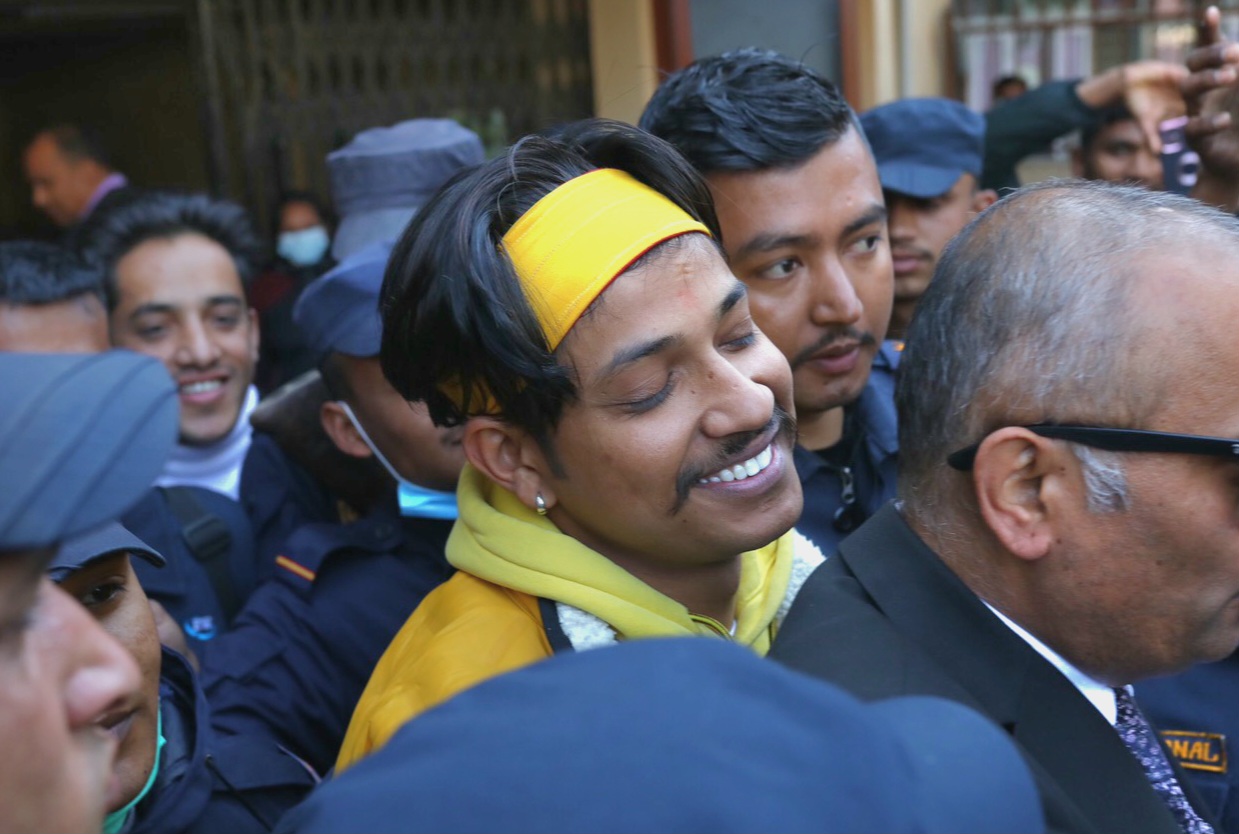
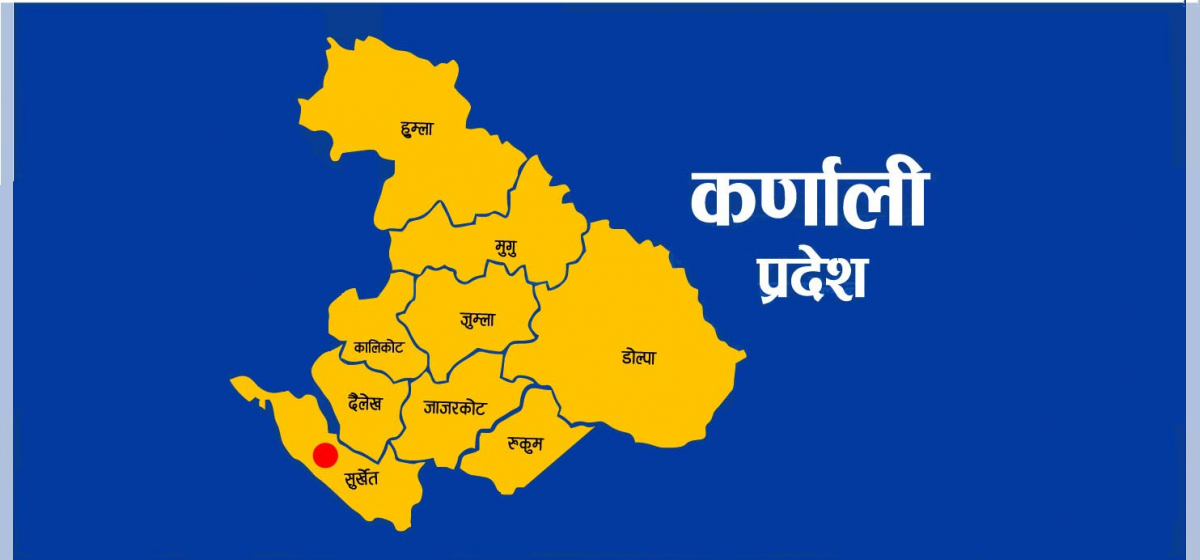

Just In
- CIAA files cases against five, including ex-chief of Social Development Office Dolpa
- Kathmandu witnesses surge of 2,000 new commercial bank branches in six years
- Crops and livestock special production zone scheme implemented in 10 districts of Karnali
- Rising food prices cause business slowdown
- Madhesh Province Assembly meeting postponed after Janamat’s obstruction
- Relatives of a patient who died at Karnali Provincial Hospital 6 days ago refuse body, demand action against doctor
- Khatiwada appointed as vice chairman of Gandaki Province Policy and Planning Commission
- China's economy grew 5.3% in first quarter, beating expectations



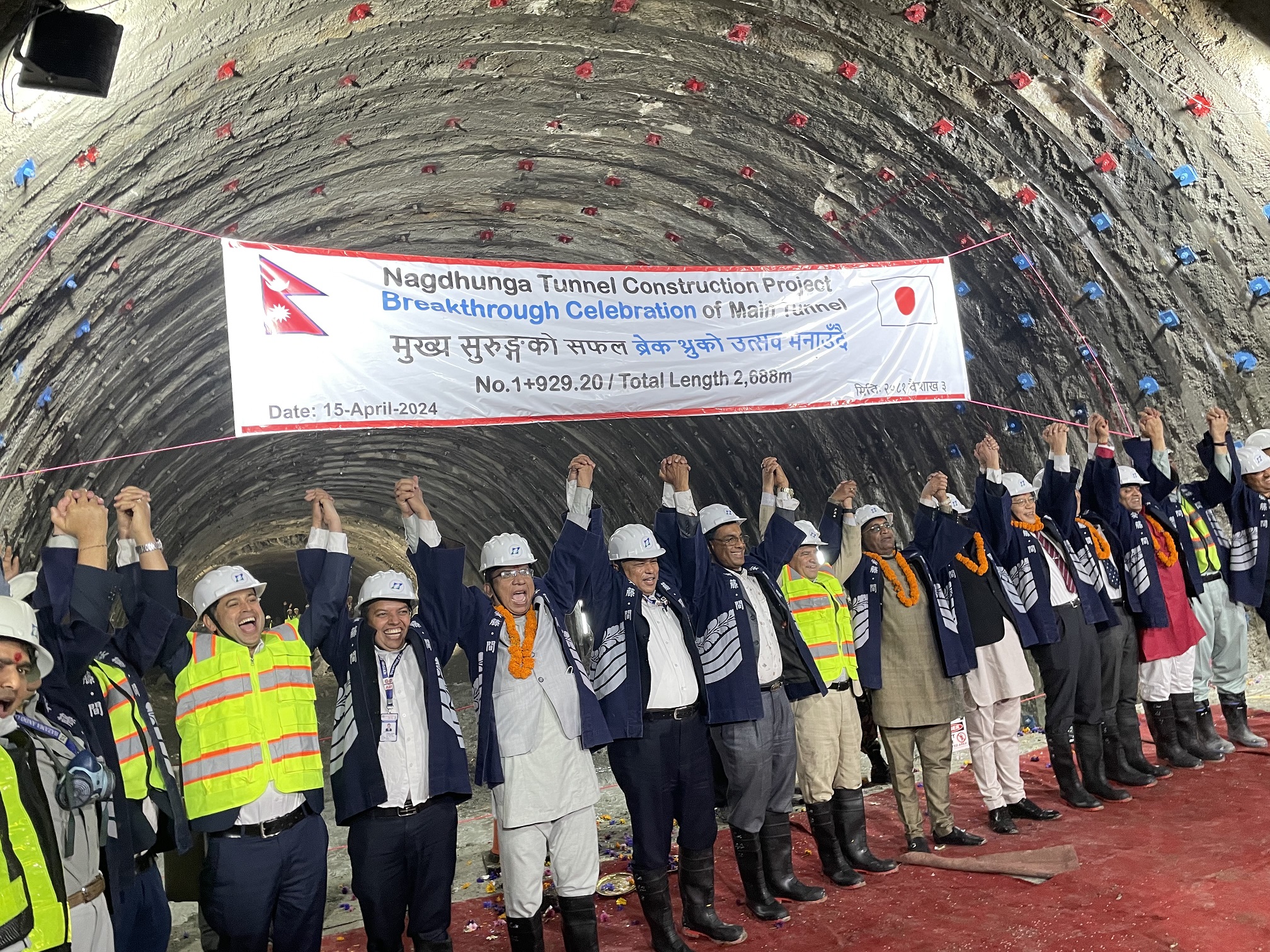



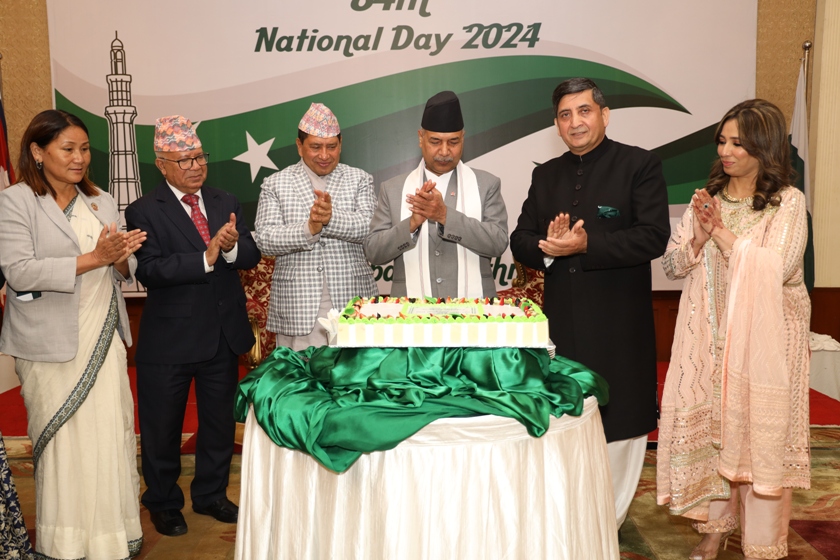

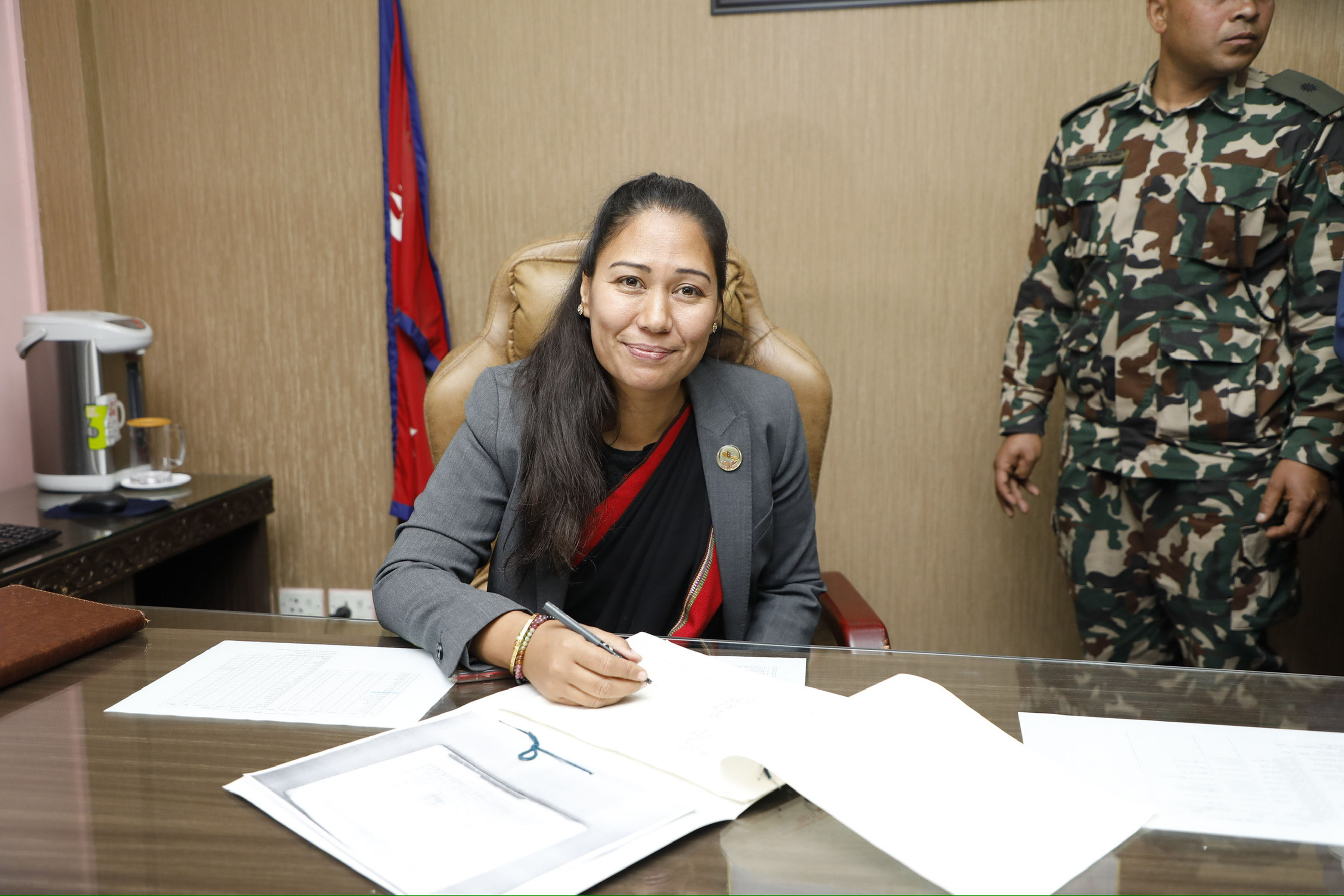
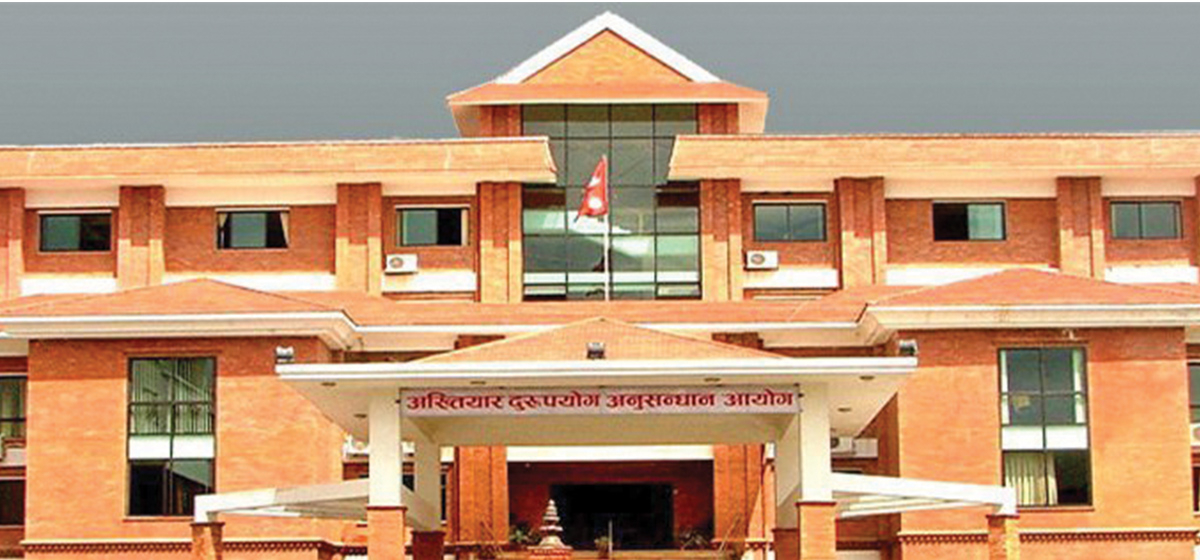

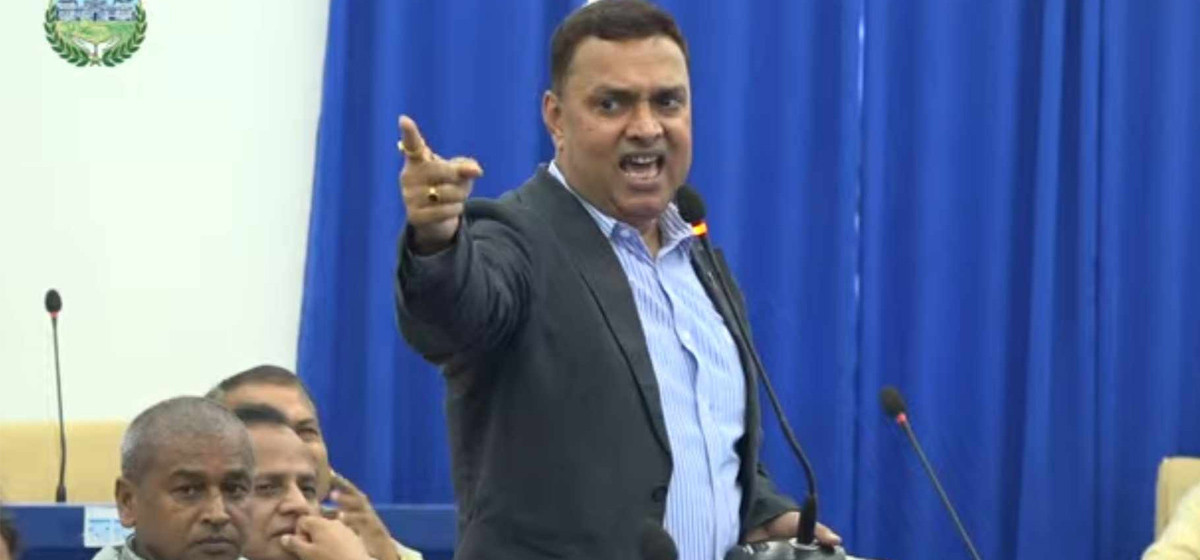
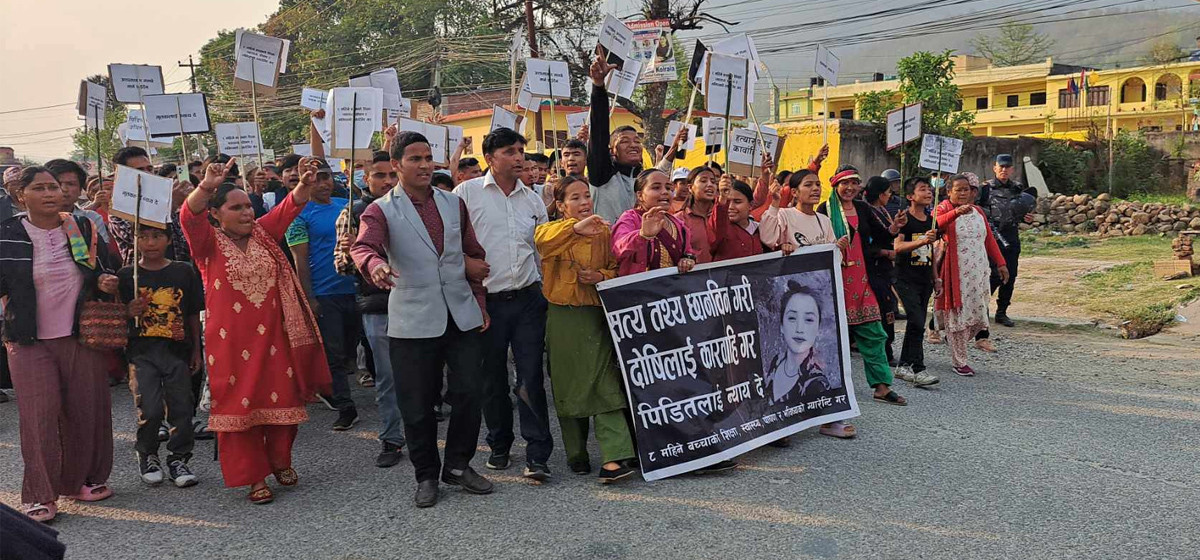
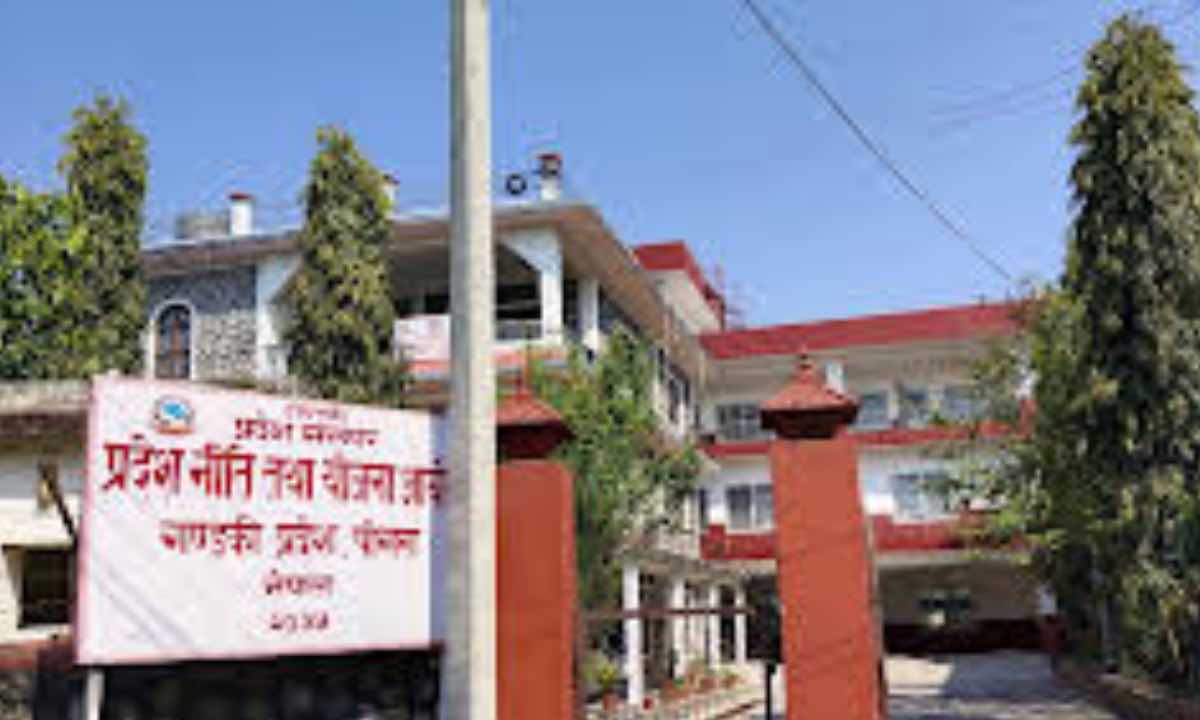

Leave A Comment